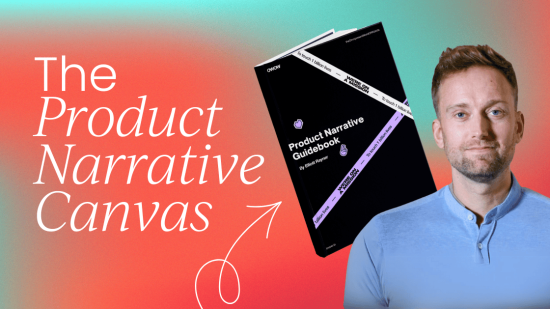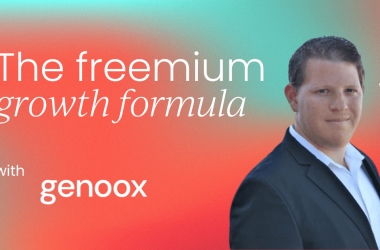After working on thousands of products, I’ve learned something simple but consistent: features rarely win on their own.
Products succeed when teams can answer three deceptively simple questions with clarity. What exactly do we do? Who is it for? And why does it matter?
The problem is that in most companies, those answers are anything but aligned. Ask ten people and you will often get ten different versions. That lack of alignment shows up everywhere. Sales teams pitch conflicting stories. Marketing campaigns feel disconnected. Product decisions drift further and further from what customers actually need.
That is why every product needs a narrative.
A product narrative is not a tagline, a mission statement, or a list of features. It is the unifying story that ties your product, your audience, and your market together into one clear message. Inside the company, it creates alignment. Outside, it creates belief.
The science of storytelling explains why this works. Aristotle argued that persuasion requires three elements: logic, so it makes sense; emotion, so it resonates; and credibility, so it can be believed.
Modern research agrees. People are more than twenty times more likely to remember a fact when it is wrapped in a story. A strong product narrative delivers all three, making your product clearer, more resonant, and more believable.
But a narrative does not build itself. It requires a process. That process should be led by the team sitting closest to both the customer and the product: product marketing.
Over the years, I have developed a simple structure for this work, broken into three stages: Discovery, Definition, and Delivery.
The Product Narrative Canvas
This is an interactive canvas I created to help you better understand each stage of creating a product narrative.
Make it full screen for a better experience, or click the button below to view it on the ScreenSpace platform.
Stage 1: Discovery – Aligning on what’s true
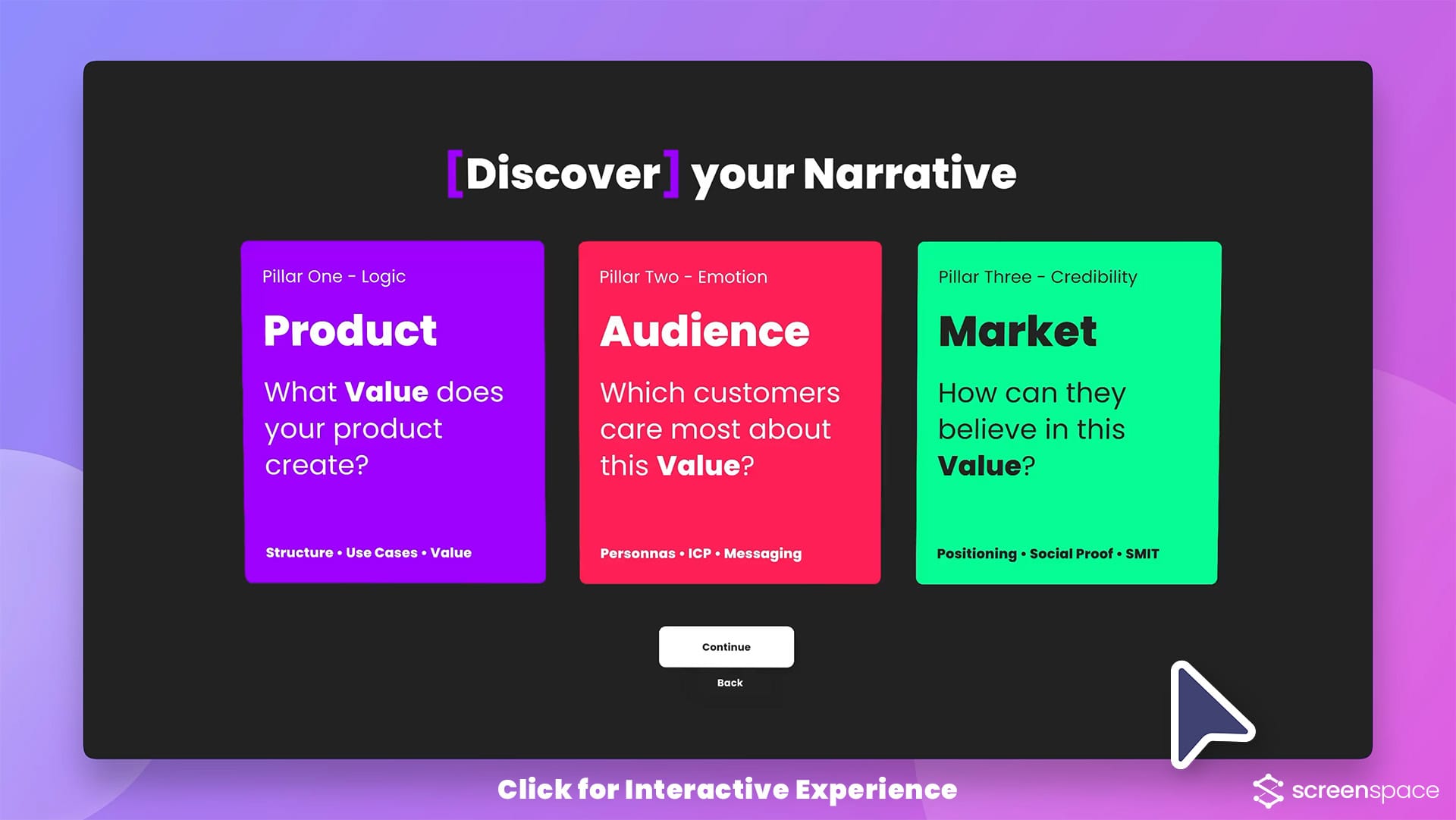
After working on hundreds of product narratives, I have learned this: the hardest part of storytelling is not creativity, it is alignment. That is why Discovery comes first.
You might think your team shares a clear understanding of your product’s value. But when you ask around, you often hear a dozen different answers. Sales says one thing. Marketing says another. Product has its own version. That inconsistency creates chaos.
Discovery is about fixing that. It is about gathering insights, challenging assumptions, and aligning your team around three essential questions. What value does our product create? Who cares most about this value? What is the provable truth that we deliver better than anyone else?
The answers do not come from guesswork. They come from customer interviews, data, sales conversations, and most importantly, difficult internal discussions about what you truly do best.
I often recommend running a simple internal survey across product, marketing, and sales using those three questions. Do not be alarmed if the answers come back messy. In my experience, most companies start with alignment as low as twenty five percent.
But that is the point. If you cannot align internally on what makes your product valuable, how can you expect to persuade anyone outside the company?
Stage 2: Definition – Structuring your story
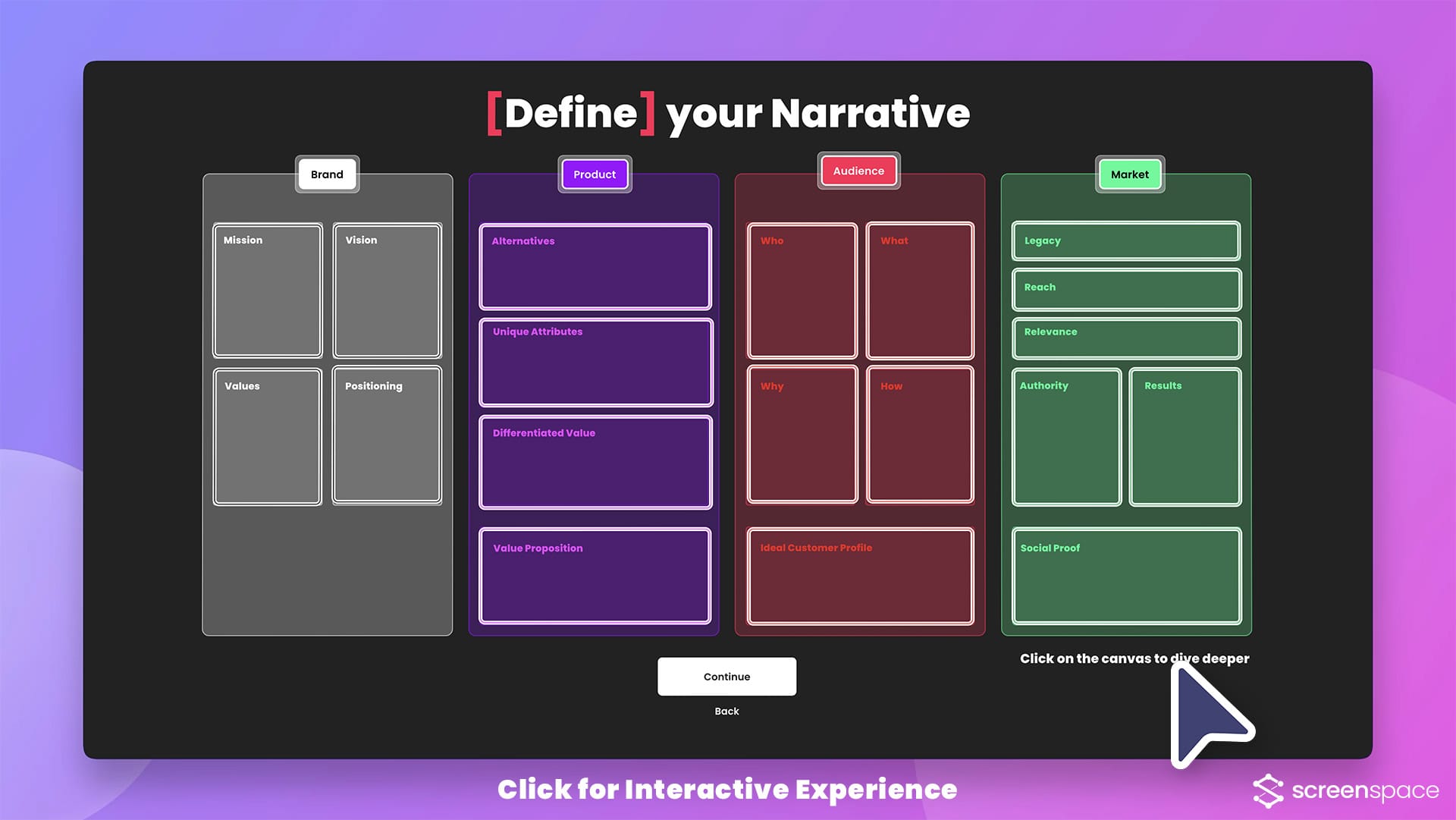
Once you have uncovered the truths about your product, the next step is to distill them into a story your whole company can actually use. That is the purpose of Definition.
Discovery gives you raw insights. Definition turns those insights into structure. Without it, research just becomes another folder of disconnected findings. With it, you create clarity strong enough to build messaging on.
That is where the Product Narrative Canvas comes in. It takes what you have learned about your product, audience, and market, and aligns your team on the components that matter most.
Out of this process, you define three elements that are crucial to every product story.
- Differentiated value: the tangible impact you create, and the unique edge that sets you apart.
- Ideal customer profile: the group who cares most about that value, so your story is sharp rather than vague.
- Social proof: the evidence that proves you can deliver better than anyone else.
When you have defined these three, you are no longer juggling scattered insights. You have built a structured narrative that can be translated into messaging, landing pages, campaigns, and sales enablement.
Definition is the bridge between research and storytelling. It is where alignment becomes clarity, and clarity becomes a narrative your whole company can share.
Stage 3: Delivery – Making the story stick
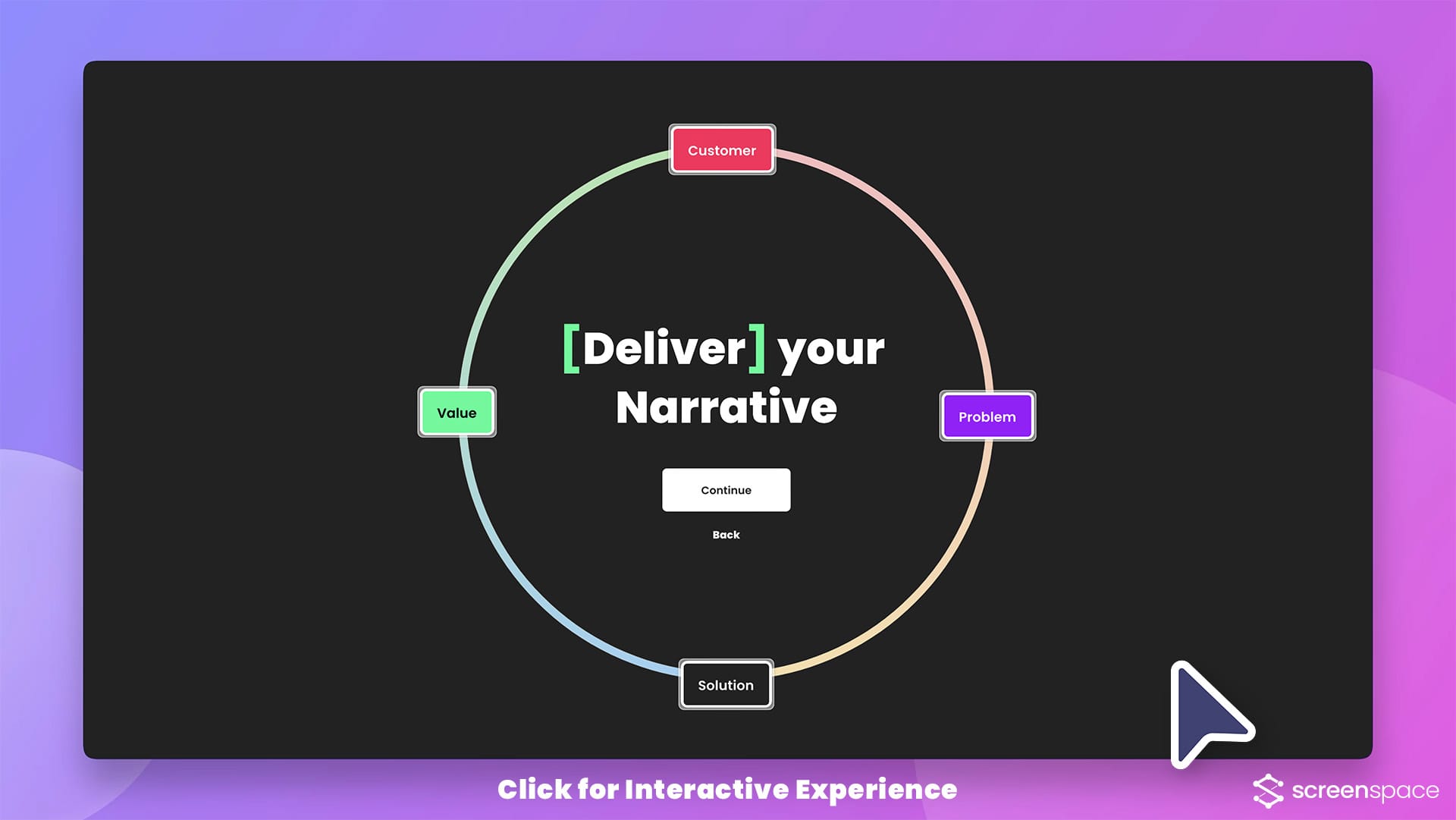
The final stage is Delivery, and this is where most narratives fail. Not because the story is weak, but because it never makes it out of the product marketing team.
A narrative only works if it is understood, adopted, and retold across the company. Sales has to pitch it. Marketing has to bring it to life. Product has to see it reflected in the roadmap. Leadership has to use it to describe the company’s future. If the narrative does not land internally, it will never work externally.
That is why Delivery is about more than writing copy. It is about packaging your story so it sticks. It has to be visual, so it can be grasped at a glance. It has to be interactive, so teams can engage with it and make it their own. And it has to be simple, so it can be consistently retold without distortion.
One tool I use for this is The Story Engine, a simplified version of the Hero’s Journey. It reframes product messaging into four steps.
- Start with the customer and their world.
- Highlight the problem in their way.
- Show how your product is the solution.
- End with the value, the transformation on the other side.
Most companies overinvest in the middle steps, problem and solution, and end up sounding like everyone else. The best stories focus on the beginning and the end: the customer and the value.
Slack is a great example. Their messaging does not lead with channels or integrations. It leads with outcomes: faster decisions, better alignment, more connected ways of working. That is what resonates.
Delivery is the stage where your narrative comes alive. It is where you move from strategy to storytelling, from alignment to adoption. Done well, it ensures your product narrative does not just live in a deck, but in the daily language of your company.
Bringing it all together

A product narrative is not a slogan or a piece of marketing fluff. It is the practical foundation for alignment, clarity, and belief.
Without it, you end up with teams pulling in different directions and customers struggling to understand why they should choose you. With it, you create a clear, compelling, and credible story that everyone inside the company can tell, and everyone outside can believe.
The process begins with Discovery, where you uncover the truths about your product, your audience, and your strengths. It moves into Definition, where you structure those truths into a story using the Product Narrative Canvas.
And it ends with Delivery, where that story is packaged and shared in a way that makes it stick across your organisation and in the market.
I have seen this play out in the real world. First, through the creation of thousands of products with Adidas, ASICS, Babbel, and OWOW. And secondly, through the execution of more than a hundred product narrative workshops with product teams of every size and industry.
The pattern is always the same: the teams that align around a clear narrative grow faster, market more effectively, and build products that people truly understand and adopt.
If you want to try this yourself, you can download the canvas and start working through it with your team. If you want help uncovering the truths, I run workshops designed to guide you through Discovery.
If you want help sharpening your Definition, I offer advisory sessions to refine your differentiated value, ICP, and proof. And if you want to bring your story to life, I can support you with narrative delivery and messaging activation.
